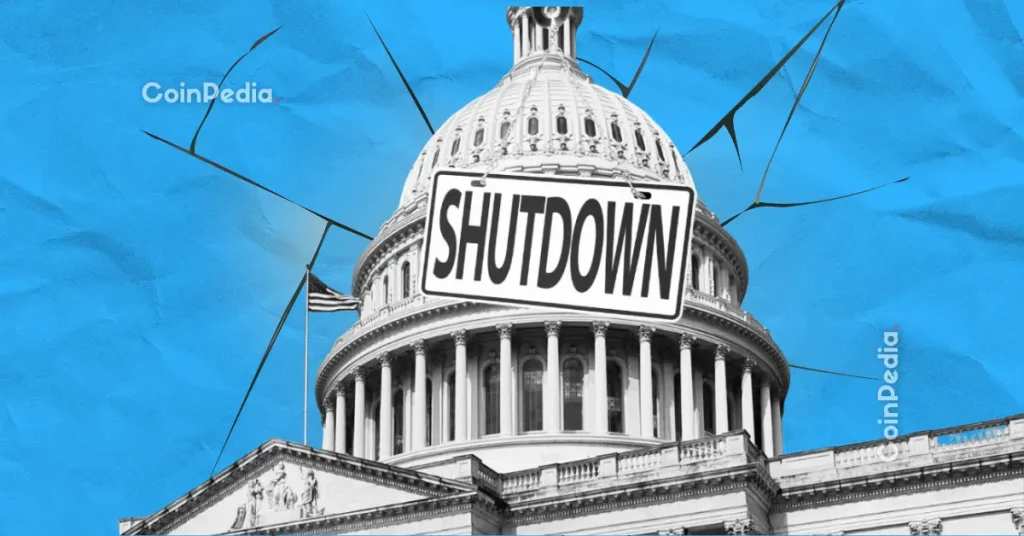Are CBDCs a Threat to Crypto’s Future?



The post Are CBDCs a Threat to Crypto’s Future? appeared first on Coinpedia Fintech News
More than 130 countries , covering almost 98% of global GDP, are now developing or testing Central Bank Digital Currencies (CBDCs).
What started as small pilots has turned into a full-scale race to digitize money. As CBDCs move closer to launch, one big question hangs over the crypto market – will they replace cryptocurrencies, or can both exist side by side?
The Global Shift Toward Digital Money
The push for CBDCs is driven by three goals – faster payments, financial inclusion, and control over digital money. Countries like China (e-CNY), the Eurozone (Digital Euro), Nigeria (eNaira), and the Bahamas (Sand Dollar) are already leading the charge.
2025-2028 could mark a major turning point as CBDC pilots turn into real rollouts. The Atlantic Council’s CBDC Tracker now lists a record 49 active pilots, showing just how fast governments are moving toward national digital currencies.
CBDCs and Crypto: Two Sides of the Same Coin?
CBDCs and cryptocurrencies might look similar, but they’re built on completely different ideas.
CBDCs are centralized, state-backed, and designed for stability. Crypto, on the other hand, is decentralized and permissionless, built around the idea of financial freedom.
Still, some experts see a way for both to exist. RevBit notes that CBDCs could actually help crypto by familiarizing people with digital wallets and blockchain payments. If people start using digital currencies issued by central banks, they might be more open to exploring Bitcoin or DeFi later.
Also Read: Are CBDCs Now ‘Irrelevant’? Ripple CTO Says the Market Has Moved On
The Concerns: Control, Privacy, and Regulation
That said, many in the crypto world aren’t convinced. While clearer rules could bring legitimacy, CBDCs might also push regulators toward stricter KYC and AML checks – tightening control at the cost of privacy.
The Bank for International Settlements (BIS) found in a 2025 paper that “more positive central-bank CBDC sentiment is associated with negative impacts on cryptocurrency market returns.”
Community sentiment also reflects that worry. A Reddit discussion in November showed that most users view CBDCs negatively, mainly over privacy concerns and fears of state surveillance.
As one user said, “We really don’t want CBDCs… they’re the inverse of crypto.”
Still, a few voices believe both can coexist – CBDCs for daily payments, crypto for investment and independence.
This Might Interest You: Redditors Reveal Hard Truths of Crypto Investing After Years in the Market
Banks Could Feel the Heat Too
It’s not just crypto that could face disruption. A report titled “ CBDC and Banks: Disintermediating Fast and Slow” warns that retail CBDCs could pull deposits away from banks, forcing them to rethink how they lend and operate.
The Middle Ground
Despite all the tension, some researchers believe coexistence is the only practical outcome. A few studies argue that CBDCs could handle regulated digital cash while crypto continues to serve privacy and global transfer roles.
So, are CBDCs good or bad for crypto? Probably both. They’ll tighten regulation, increase competition, and change how money moves but they’ll also push more people toward digital finance.
The real question is no longer if CBDCs are coming, but whether crypto can evolve fast enough to stay relevant in a world where every government wants a piece of the blockchain.

Hyperliquid Tests New BLP Lending Protocol on Testnet
The post Hyperliquid Tests New BLP Lending Protocol on Testnet appeared first on Coinpedia Fintech N...

U.S. Government Shutdown Hits 38 Days: Crypto Regulation Stalls as CLARITY Act Freezes
The post U.S. Government Shutdown Hits 38 Days: Crypto Regulation Stalls as CLARITY Act Freezes appe...

How Long Will the U.S. Government Shutdown Last?
The post How Long Will the U.S. Government Shutdown Last? appeared first on Coinpedia Fintech NewsT...

